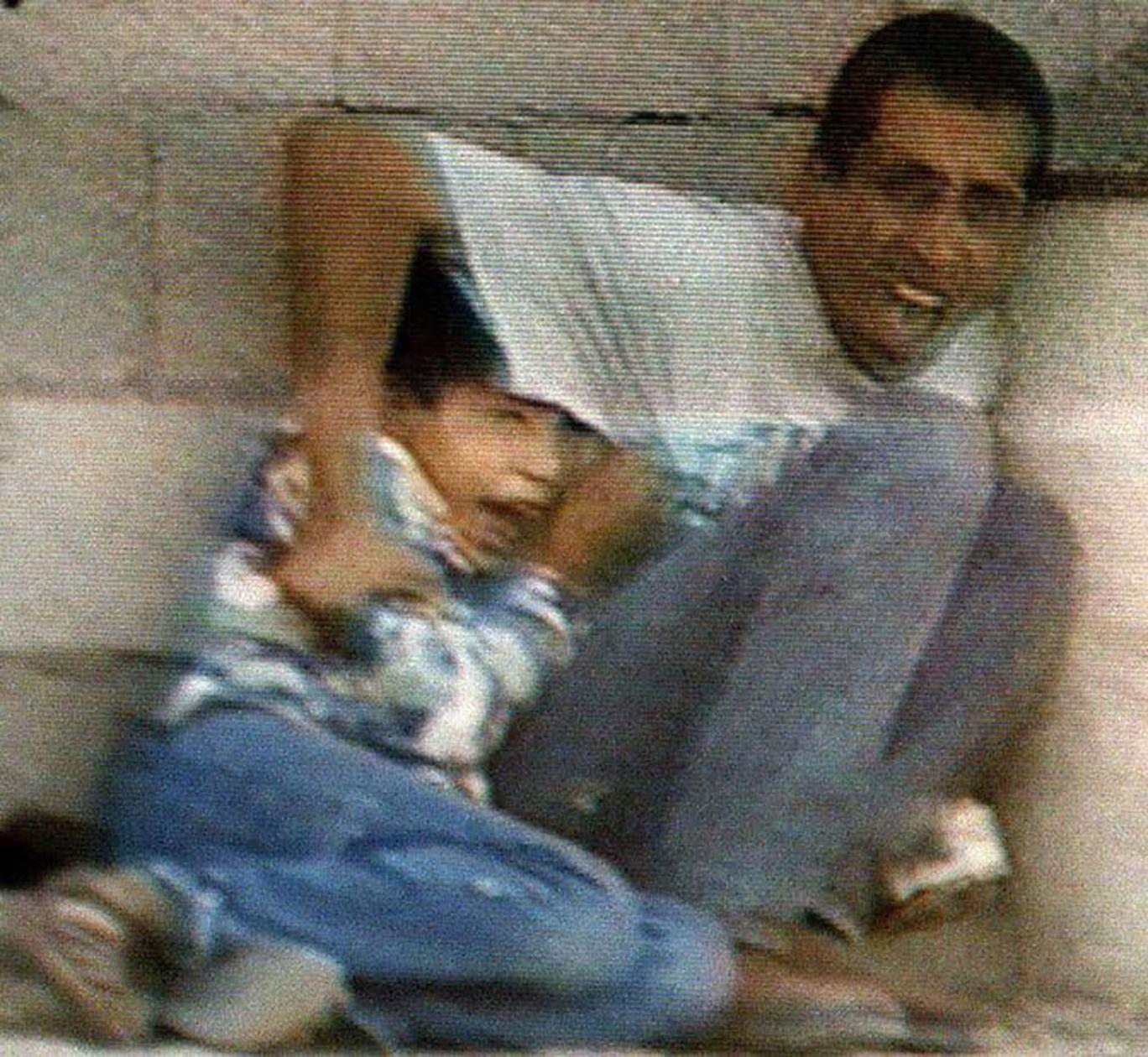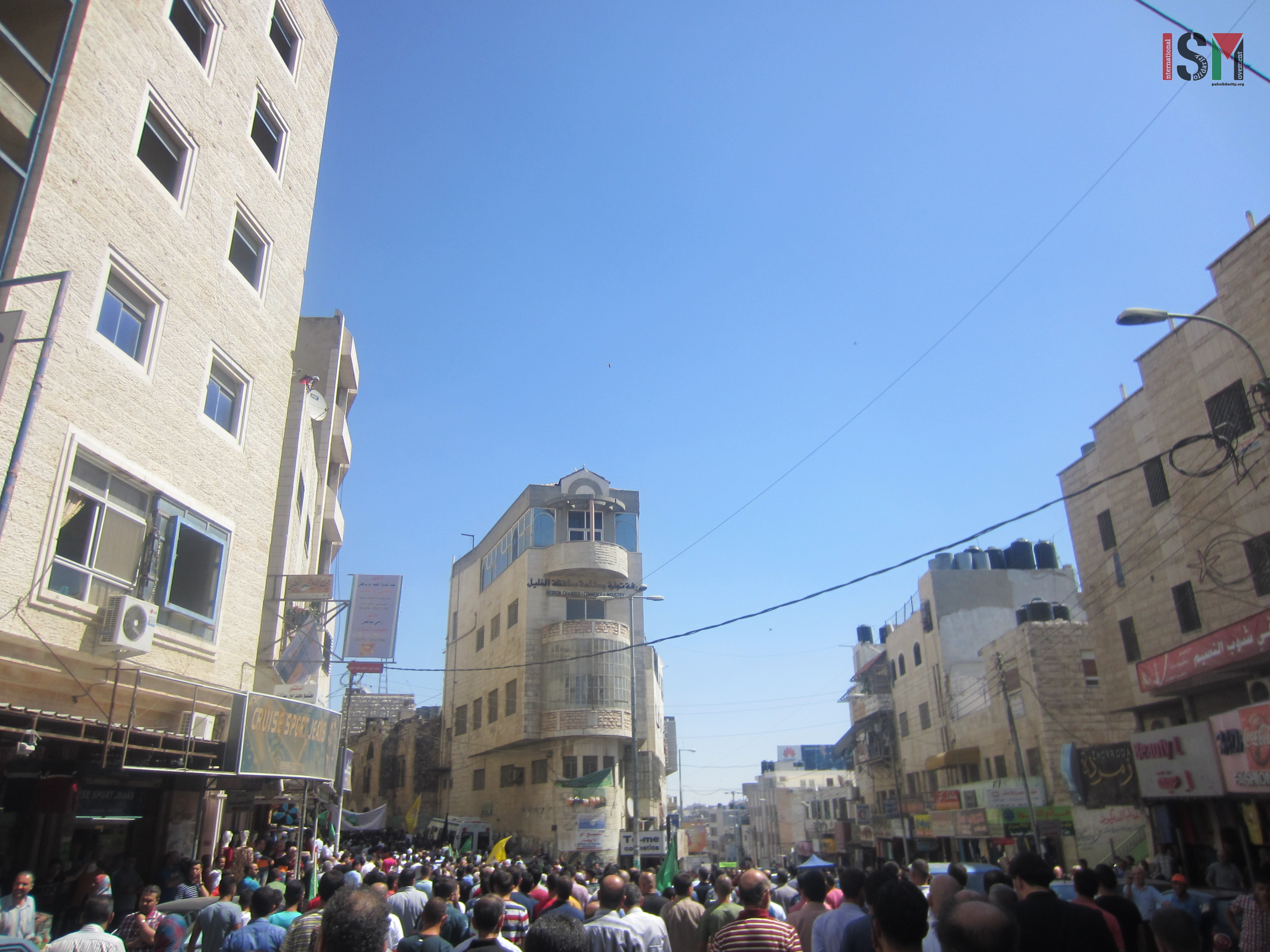Tag: Live Ammunition
-
The fog of war: remembering Muhammad al-Durrah
30th September 2015 | International Solidarity Movement, Al-Khalil team | Gaza, occupied Palestine Chaos in the streets of Gaza. Israeli forces showered the strip with gunfire while Palestinian medics ran frantically to evacuate those crumpled on the ground with blood rushing from holes in their bodies before racing for cover themselves. Running from the violent,…
-
Senseless violence against Palestinian demonstrators in al-Khalil (Hebron)
29th September 2015 | International Solidarity Movement, Al-Khalil team | Hebron, occupied Palestin Today in occupied al-Khalil (Hebron), Israeli forces ruthlessly attacked a peaceful demonstration. The demonstration was organised against the Israeli forces deadly shooting of 18 year old martyr Hadeel Hashlamoun at a Tel Rumeida checkpoint yawning into segregated Shuhada Street. Israeli forces started…
-
Hadil Salah Hashlamoun honoured by thousands in Al-Khalil
23rd September 2015 | International Solidarity Movement, Al-Khalil team | Hebron, occupied Palestine Today, 23rd September 2015, thousands of mourners gathered for the funeral of murdered teenager Hadil Salah Hashlamoun. The teenager was brutally gunned down in cold blood by an Israeli soldier at a military check point. Tensions were high as Hadil’s body was…



